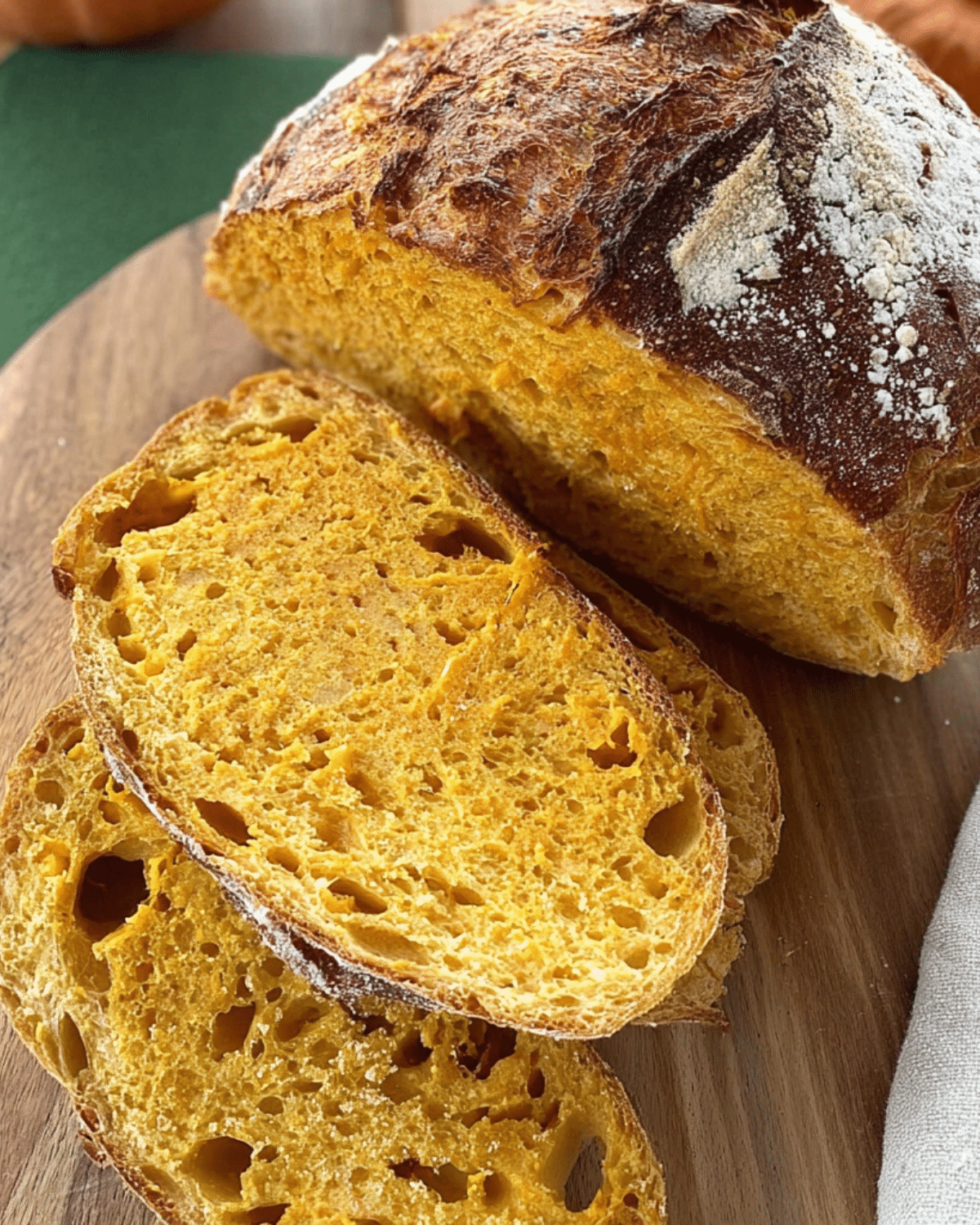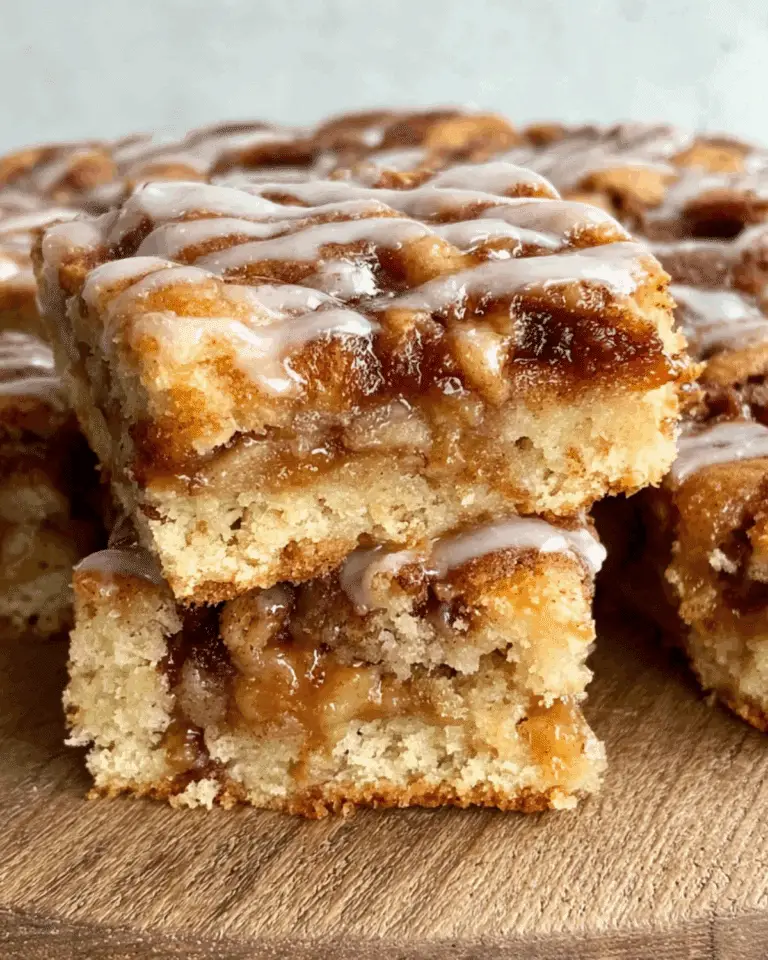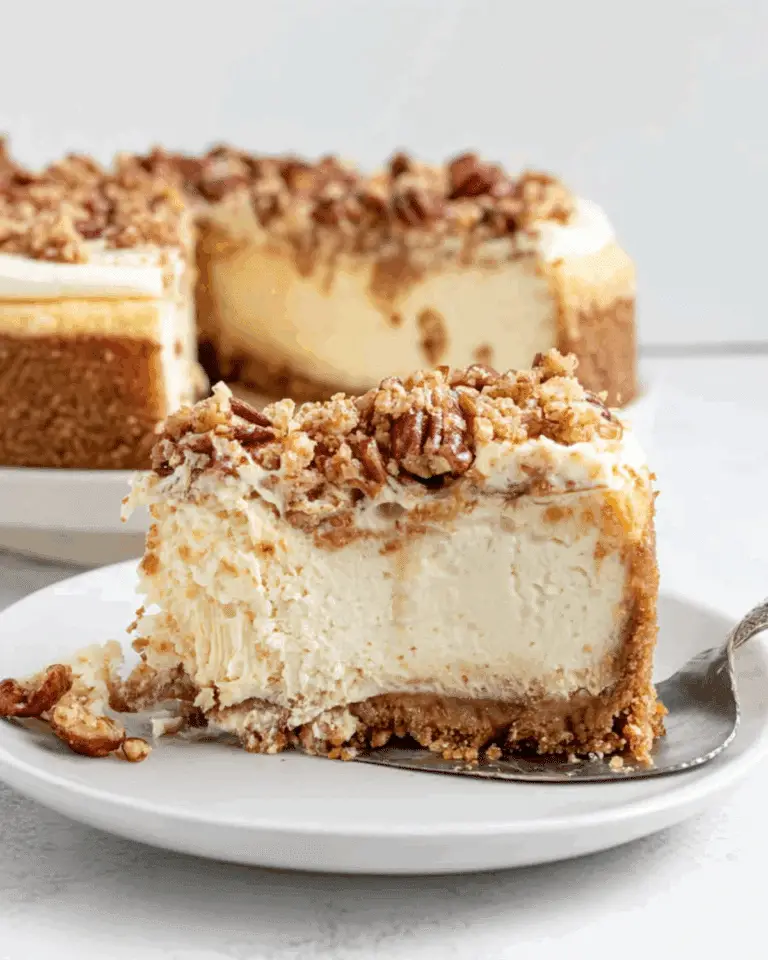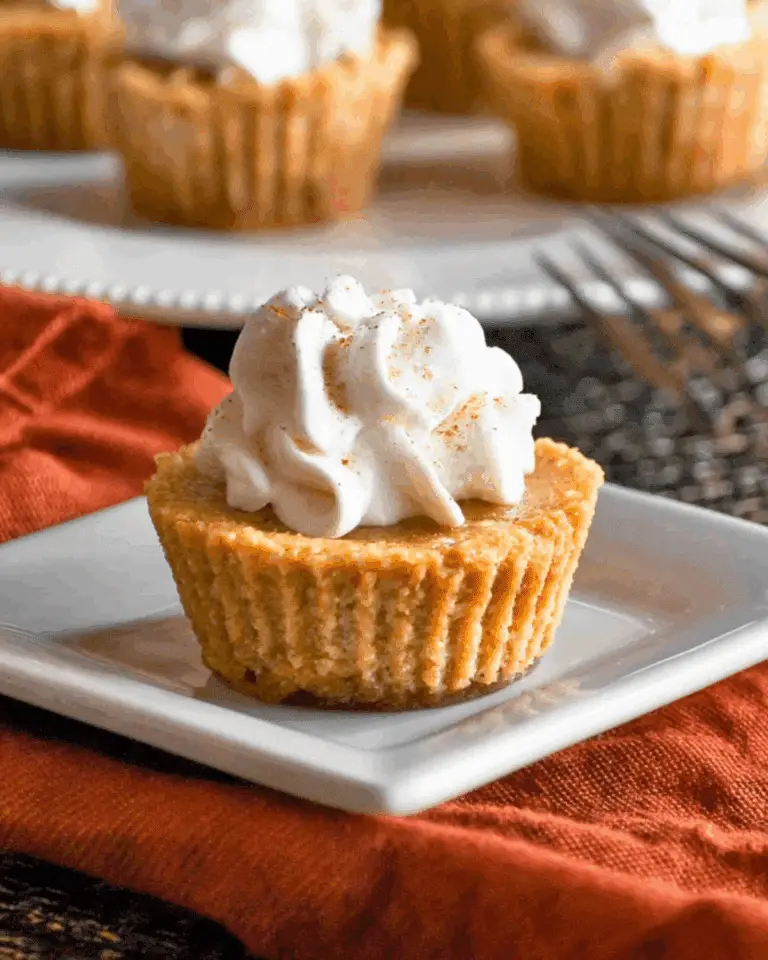Warm, soft, and full of autumn charm, soft pumpkin sourdough bread is the perfect way to bring the taste of the season to your table. Whether you’re prepping for Thanksgiving, craving a cozy slice with your coffee, or looking to experiment with flavored sourdoughs, this bread hits every mark. By combining the natural tang of sourdough with rich pumpkin puree and a hint of honey, you get a loaf that’s not only beautiful to look at but incredibly tender and flavorful too. In this guide, you’ll learn how to choose the best ingredients, master the sourdough process with pumpkin, and customize the bread to match your taste. Looking for inspiration? Try our moist walnut pumpkin bread to see how textures can vary.
JUMP TO
Table of Contents
The Magic of Soft Pumpkin Sourdough Bread
What Makes This Bread So Special?
There’s a reason soft pumpkin sourdough bread has become a seasonal favorite. The pumpkin puree doesn’t just add flavor—it enhances the texture, giving the loaf a tender, almost cake-like crumb while still maintaining the chew and tang you expect from a good sourdough. The result is a rustic, golden bread with a light crust and an aroma that makes your kitchen smell like fall in every corner. Unlike standard sourdoughs, this version offers a slightly sweet undertone thanks to honey, making it versatile for both sweet and savory pairings.
Discover great ideas like our chocolate chip pumpkin bread for a sweeter take on pumpkin-based loaves.
Key Ingredients You’ll Need
Making the perfect soft pumpkin sourdough begins with the right ingredients. Here’s what you’ll need:
| Ingredient | Notes |
|---|---|
| Bread Flour | High protein for structure and elasticity |
| Pumpkin Puree | Canned or homemade (roasted & drained preferred for consistency) |
| Active Sourdough Starter | Fed and bubbly for best fermentation |
| Raw Honey | Adds mild sweetness and golden crust color |
| Sea Salt | Essential for flavor and gluten strength |
| Water | Adjusted for hydration based on pumpkin moisture |
Want to try something slightly different? Don’t miss our sourdough pumpkin apple bread—a fruity twist that still uses the same base dough formula.
The Role of Hydration and Honey
Pumpkin puree significantly impacts the dough’s moisture level. Even when you reduce added water, the puree’s high water content makes this a high-hydration dough—usually around 80%. While this may sound intimidating, don’t worry. The pumpkin and honey work together to create a dough that’s smooth, elastic, and surprisingly easy to handle if you follow the right steps.
Honey, in particular, acts as a natural tenderizer and contributes to the loaf’s soft crumb and subtle sweetness. It’s important to avoid over-hydrating at the autolyse stage. Start with 280g water, and only add more if needed during mixing.
Check out our detailed homemade pumpkin spice coffee creamer if you want to use leftover puree creatively.
Step-by-Step Guide to Making Soft Pumpkin Sourdough Bread
Mastering the process of making soft pumpkin sourdough bread doesn’t have to be complicated. With a few key techniques and careful hydration control, you can create a fluffy, golden loaf that becomes a staple during fall and beyond.
Preparing Your Pumpkin Puree
If you’re opting for homemade puree, roasting your pumpkin is the best method. It not only intensifies flavor but also reduces excess moisture. After roasting, scoop out the flesh and mash it—avoid blending it too fine, as overly liquid puree can throw off hydration. Let it cool uncovered, or condensation will add water back into your mix.
Prefer a shortcut? Canned pumpkin puree is perfectly fine and consistent in texture. In fact, many bakers choose it for that reason. Just make sure it’s 100% pumpkin—skip the pre-sweetened pie fillings.
Don’t miss our easy guide to pumpkin pie cookie sandwiches for more puree-perfect fall treats.
The Sourdough Process Simplified
Here’s a breakdown of the full sourdough process tailored specifically for this enriched dough.
1. Mix & Autolyse
In a large bowl, combine 100g active sourdough starter, 280g water, and 20g honey. Stir until blended. Add 200g pumpkin puree, 500g bread flour, and 10g sea salt. Mix until a shaggy dough forms. Cover and let rest for 1 hour.
2. Strengthen the Dough
After autolyse, perform 3 to 4 sets of stretch and folds over 2 hours, with 30-minute intervals. This helps build structure despite the high hydration.
3. Bulk Fermentation
Cover the bowl with a damp towel and let the dough ferment at room temperature (ideally 70°F–75°F) until it doubles. This can take 4 to 8 hours, depending on your environment.
4. Shaping the Dough
Once fermented, gently shape into a batard or boule. For festive flair, line the banneton with oats or pumpkin seeds. If you want to get creative, check out this festive pumpkin pie bread pudding with challah—another brilliant Thanksgiving idea.
Cold Fermentation & Scoring Tips
Once shaped, your dough needs a good long rest in the fridge.
1. Cold Proofing
Place the shaped dough in a floured banneton, cover, and refrigerate for at least 5 hours or up to 36 hours. This extended fermentation deepens the flavor and improves the crust texture with those signature sourdough blisters.
2. Scoring Like a Pro
When you’re ready to bake, preheat your oven to 450°F with a Dutch oven inside. Gently flip your cold dough onto parchment, score it using a lame or sharp blade, and carefully transfer it to your hot Dutch oven.
3. Baking Schedule
- Bake 30 minutes with the lid on at 450°F
- Then 10–15 minutes lid off at 410°F for that golden finish
For even more fall inspiration, check out this cozy pumpkin spice milk recipe, perfect to sip while your loaf bakes.
Variations, Serving Ideas, and Troubleshooting
Whether you’re new to sourdough or a seasoned baker looking to level up, these creative ideas and solutions will help you perfect your soft pumpkin sourdough bread every time.
Flavor Add-Ins for Extra Fall Vibes
Pumpkin pairs beautifully with warm spices and hearty mix-ins. Here are a few ways to dress up your dough:
- Pumpkin Pie Spice: Add ½ tsp cinnamon, nutmeg, ginger, and cloves to create a sweet spiced version.
- Pepitas (Pumpkin Seeds): Roll the shaped dough in pepitas for a crunchy, nutty crust.
- Oats: Line your banneton with rolled oats to create a rustic appearance and texture.
- Fresh Thyme or Sage: Mix herbs into the dough for a savory depth—perfect for pairing with soups.
- Dried Cranberries or Walnuts: For a bolder, festive loaf, add up to ½ cup of either at the end of bulk fermentation.
Looking for inspiration? Try our pumpkin cheesecake dip recipe to serve on the side for a fun twist.
How to Serve and Store Pumpkin Sourdough Bread
Serving Suggestions:
- Warm, buttered slices with a drizzle of maple syrup
- Toasted with cream cheese and a sprinkle of cinnamon
- Used as a base for grilled cheese or breakfast sandwiches
- Served with hearty soups like tomato soup with fresh tomatoes
Storing Tips:
- Store at room temp for up to 3 days in a bread box or wrapped in a clean towel.
- For longer storage, slice and freeze—toast directly from frozen for quick mornings.
Troubleshooting Common Mistakes
| Problem | Cause & Fix |
|---|---|
| Dough too sticky | Reduce water slightly or refrigerate dough before shaping |
| Bread is too dense | Under-proofing—ensure dough doubles during bulk ferment |
| Poor oven spring | Bake directly from the fridge into a hot Dutch oven |
| Crust too dark or thick | Reduce bake time with lid off, or lower temperature slightly |
| Loaf flattens in oven | Over-proofed—shorten fermentation window next time |
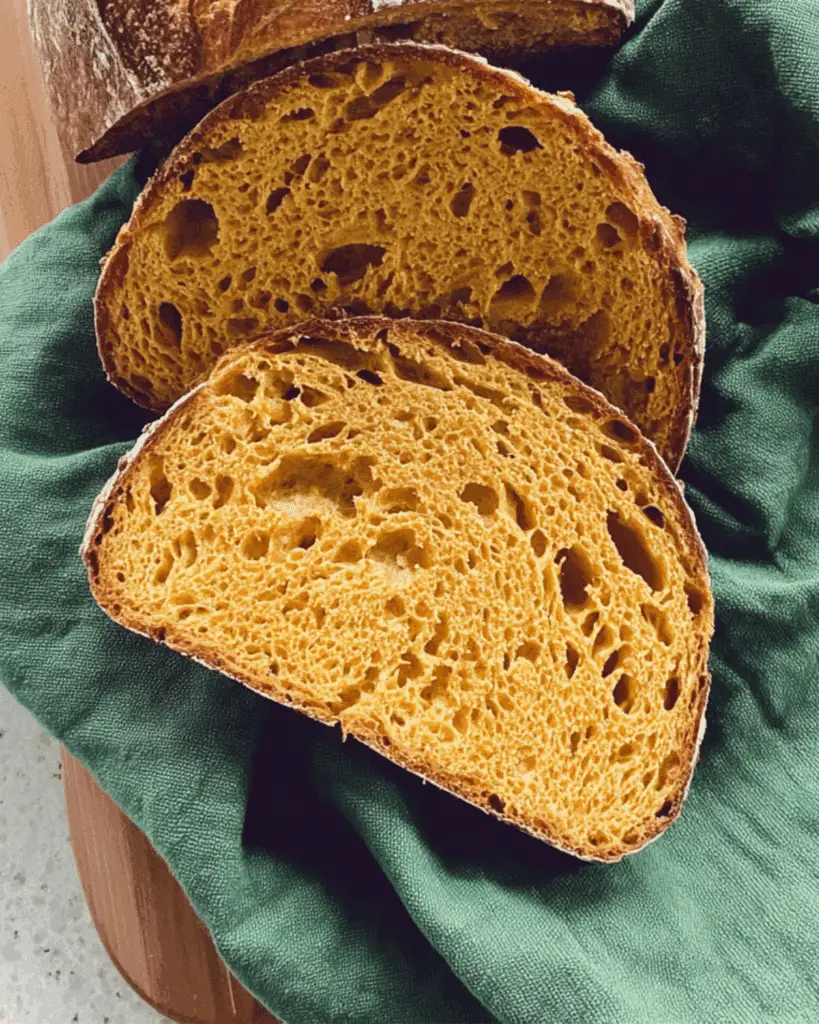
Frequently Asked Questions About Soft Pumpkin Sourdough Bread
Can I use canned pumpkin instead of fresh?
Absolutely. Canned pumpkin is convenient and has less moisture, making it easier to control dough hydration.
How do I know my dough is proofed enough?
Look for a doubling in size, a wobbly structure, and visible bubbles under the surface. It should not triple—over-proofing weakens structure.
Can I shape it like a pumpkin?
Yes. Use string or twine to wrap and shape before baking. It makes a festive centerpiece. However, for slicing, a batard is more practical.
What’s the best flour for this recipe?
Use bread flour for structure. You can add a bit of whole wheat (up to 10%) for depth, but reduce water slightly if you do.
Can I skip the honey?
You can, but the bread will lose some of its softness and subtle sweetness. A good alternative is maple syrup or brown sugar.
Conclusion: Celebrate Fall with the Perfect Pumpkin Sourdough
If you’re looking to elevate your sourdough game this season, soft pumpkin sourdough bread is a must-bake. It’s warm, cozy, and packed with flavor, making it ideal for everything from Thanksgiving tables to weekday breakfasts. With just a few ingredients and the right techniques, you can create a loaf that’s as beautiful as it is delicious. Don’t miss our soft sourdough sandwich bread for more cozy baking ideas that pair well with fall flavors.
PrintSoft Pumpkin Sourdough Bread
This soft pumpkin sourdough bread is a cozy fall favorite, combining the tang of sourdough with rich pumpkin puree and a hint of honey for a tender, flavorful loaf perfect for sweet or savory pairings.
- Prep Time: 25 minutes
- Cook Time: 45 minutes
- Total Time: 12 hours 45 minutes
- Yield: 1 loaf
- Category: Bread
- Method: Baking
- Cuisine: American
- Diet: Vegetarian
Ingredients
- 100g active sourdough starter
- 200g pumpkin puree (canned or homemade)
- 500g bread flour
- 280g water (plus extra if needed)
- 20g raw, unprocessed honey
- 10g sea salt
Instructions
- In a bowl, mix the sourdough starter, water, and honey until well combined.
- Add pumpkin puree, flour, and salt. Mix until a shaggy dough forms.
- Cover and autolyse for 1 hour.
- Perform 3-4 sets of stretch and folds over 2 hours with 30-minute rests in between.
- Let the dough bulk ferment until doubled in size (4-8 hours depending on room temperature).
- Shape into a batard or boule. Optional: roll in oats or seeds.
- Place dough in a floured banneton, cover, and cold ferment in the fridge for 5-36 hours.
- Preheat oven to 450°F (230°C) with Dutch oven inside.
- Score the cold dough and transfer it to the Dutch oven.
- Bake 30 minutes with lid on, then 10-15 minutes with lid off at 410°F (210°C).
- Remove and cool on a wire rack before slicing.
Notes
- Start with 280g water and adjust only if needed to avoid excess hydration.
- Homemade pumpkin puree should be well-drained to prevent soggy dough.
- Cold fermentation improves flavor and crust texture.
- Use bread flour for better gluten development and oven spring.
- Always bake dough cold for optimal oven spring.
Nutrition
- Serving Size: 1 slice (1/12 loaf)
- Calories: 1805
- Sugar: 2g
- Sodium: 3886mg
- Fat: 8g
- Saturated Fat: 1g
- Unsaturated Fat: 6g
- Trans Fat: 0g
- Carbohydrates: 363g
- Fiber: 12g
- Protein: 60g
- Cholesterol: 0mg

